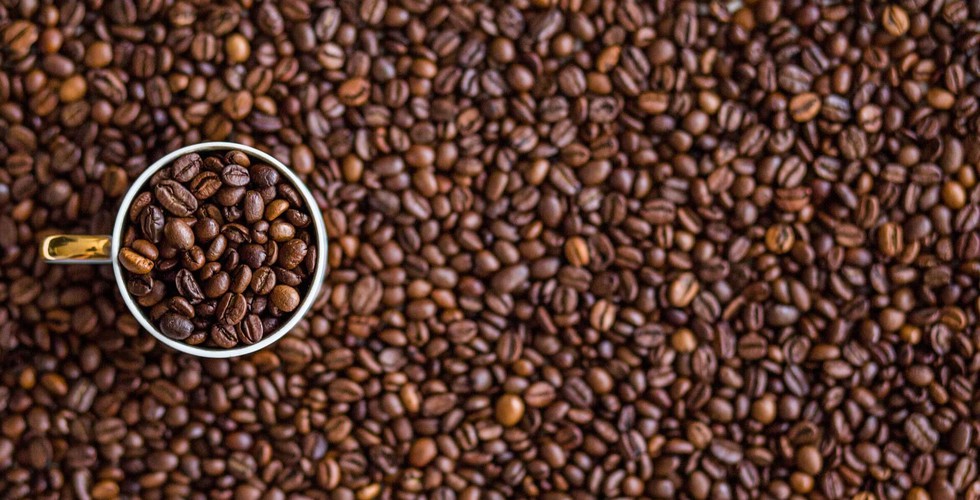Timor Hybrid, which significantly changed the whole coffee industry, was first discovered in the 1920s on the island of East Timor. That was kinda a miracle: C. arabica and C. canephora (Robusta) plants naturally, without any chemistry influence created offspring - an Arabica coffee with Robusta properties such as resistance to coffee leaf rust and other diseases. Then breeders spent almost a whole century trying to create new varieties based on Timor Hybrid and succeeded. The vast majority of today's coffee fields are planted with those hybrids: Sarchimors (Timor Hybrid x Villa Sarchi) and Catimors (Timor Hybrid x Caturra).
But there is a problem: recent researches have shown that Timor Hybrid's resistance to leaf rust falls off. Looks like it's just the right time for creating a new Arabica variety with Robusta genetics (Arabusta). World Coffee Research in partnership with CIRAD working on the creation of new varieties that would have Robusta's rust resistance and high-temperature tolerance with Arabica's high organoleptic quality. Robusta is a diploid with two sets of chromosomes while Arabica is tetraploid which have four chromosome sets. To accomplish their goal scientists are trying to double Robusta's chromosomes so it can be successfully bred with Arabica.
To create the new Arabusta, a male sterile C. arabica was crossed with a tetraploid C. canephora T3751. As a result, 467 trees were planted, 7,422 vegetative growth data points and 24,462 leaf rust data points were collected. The plant with the best results will be back-crossed with Arabica, and then follows two or three generations of selection.



